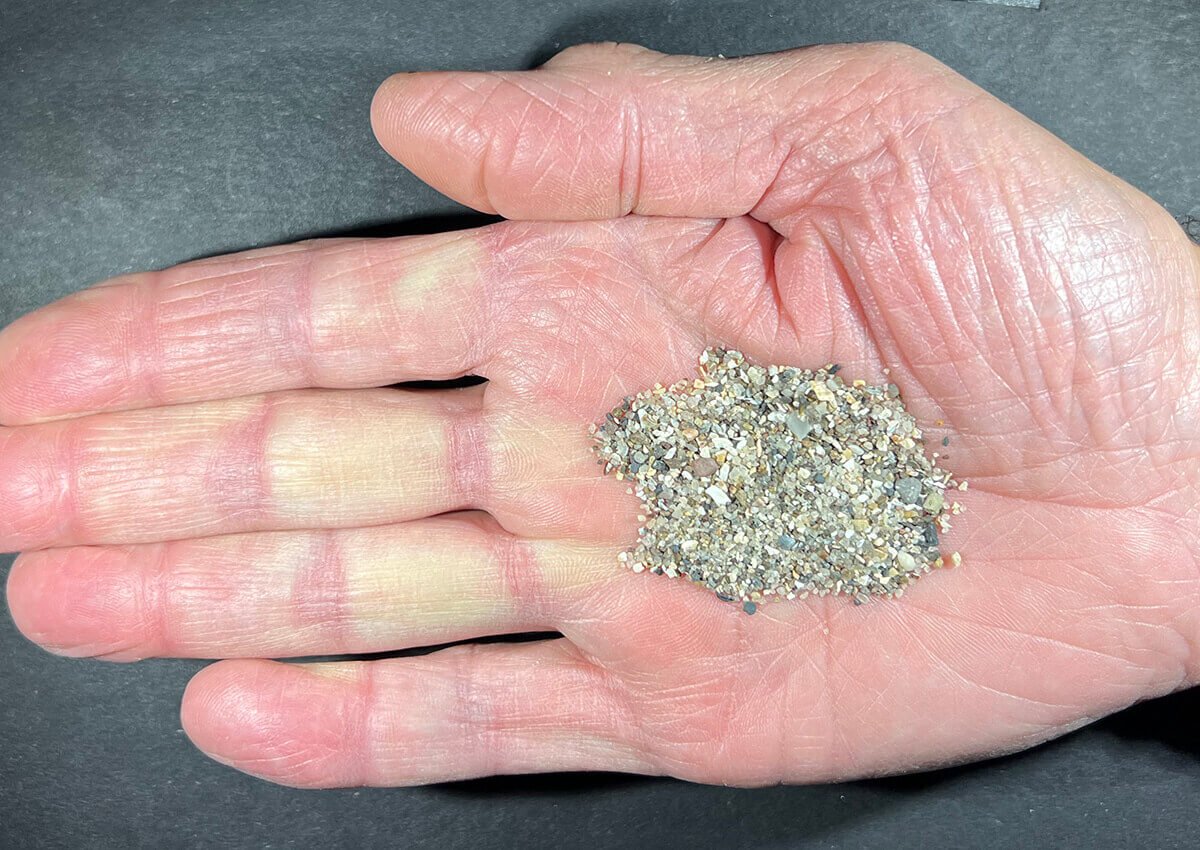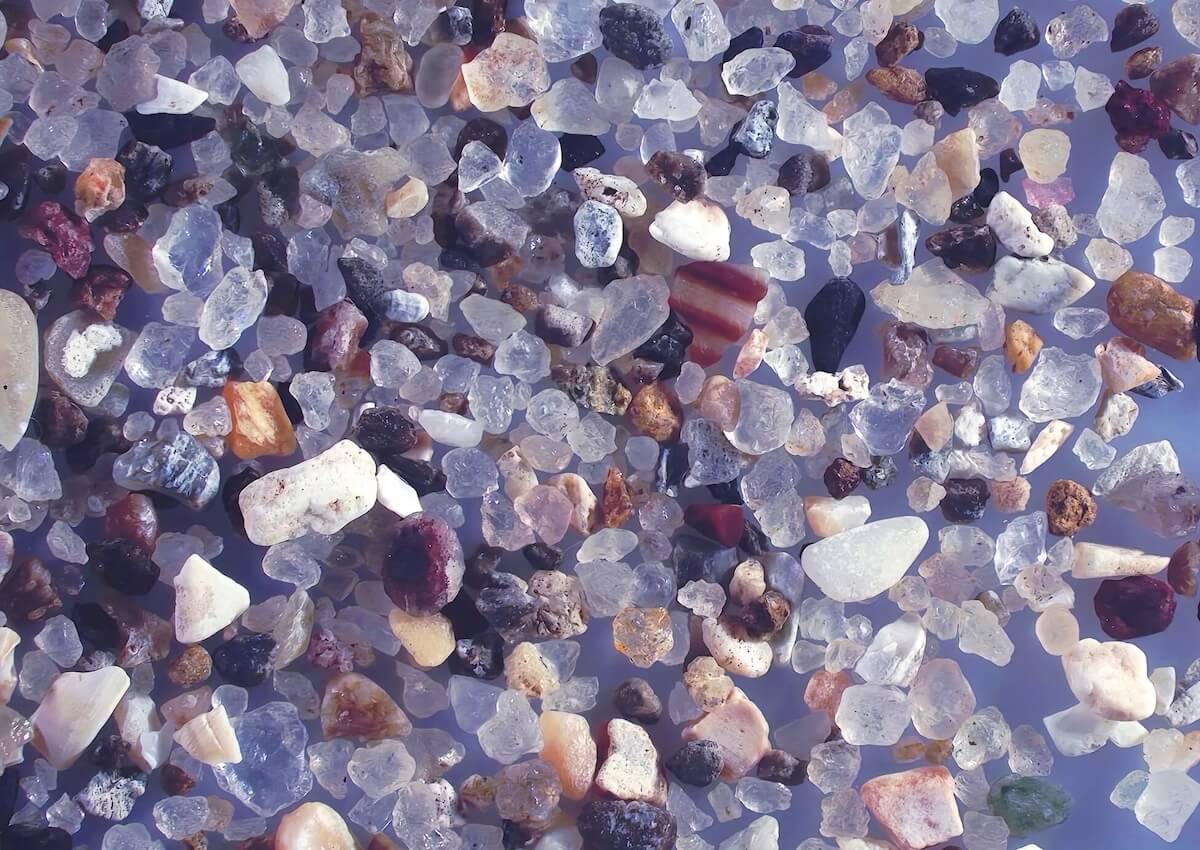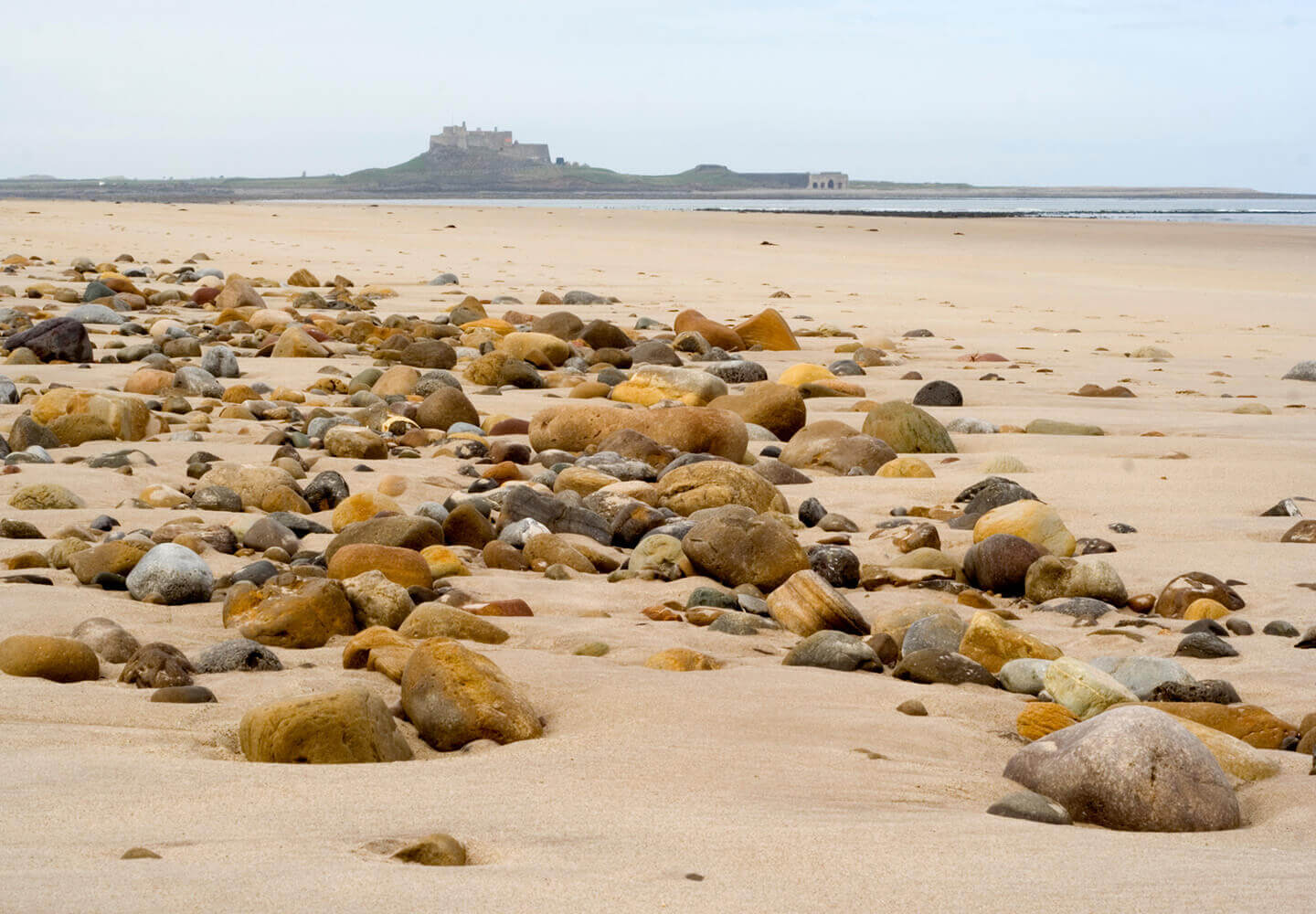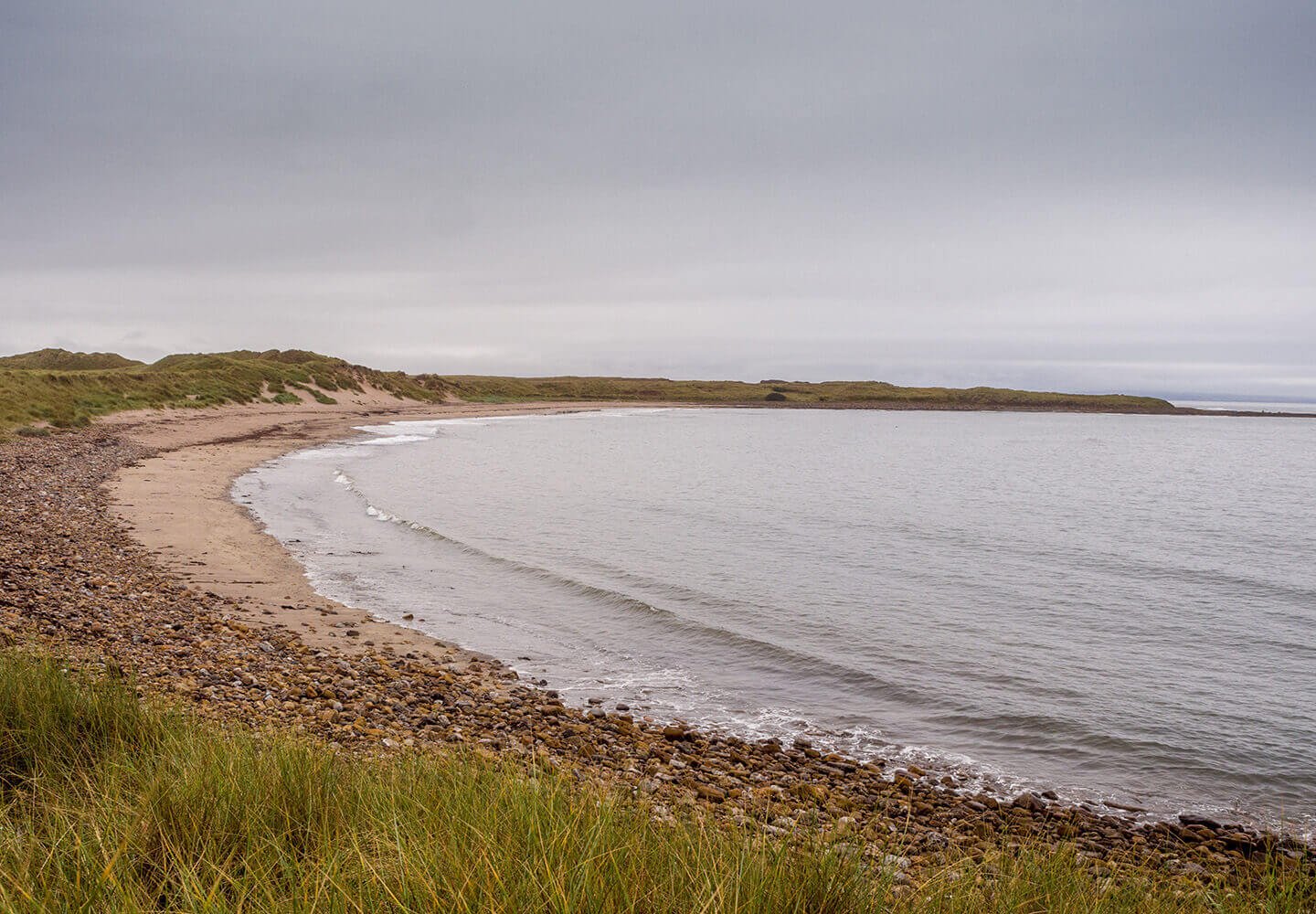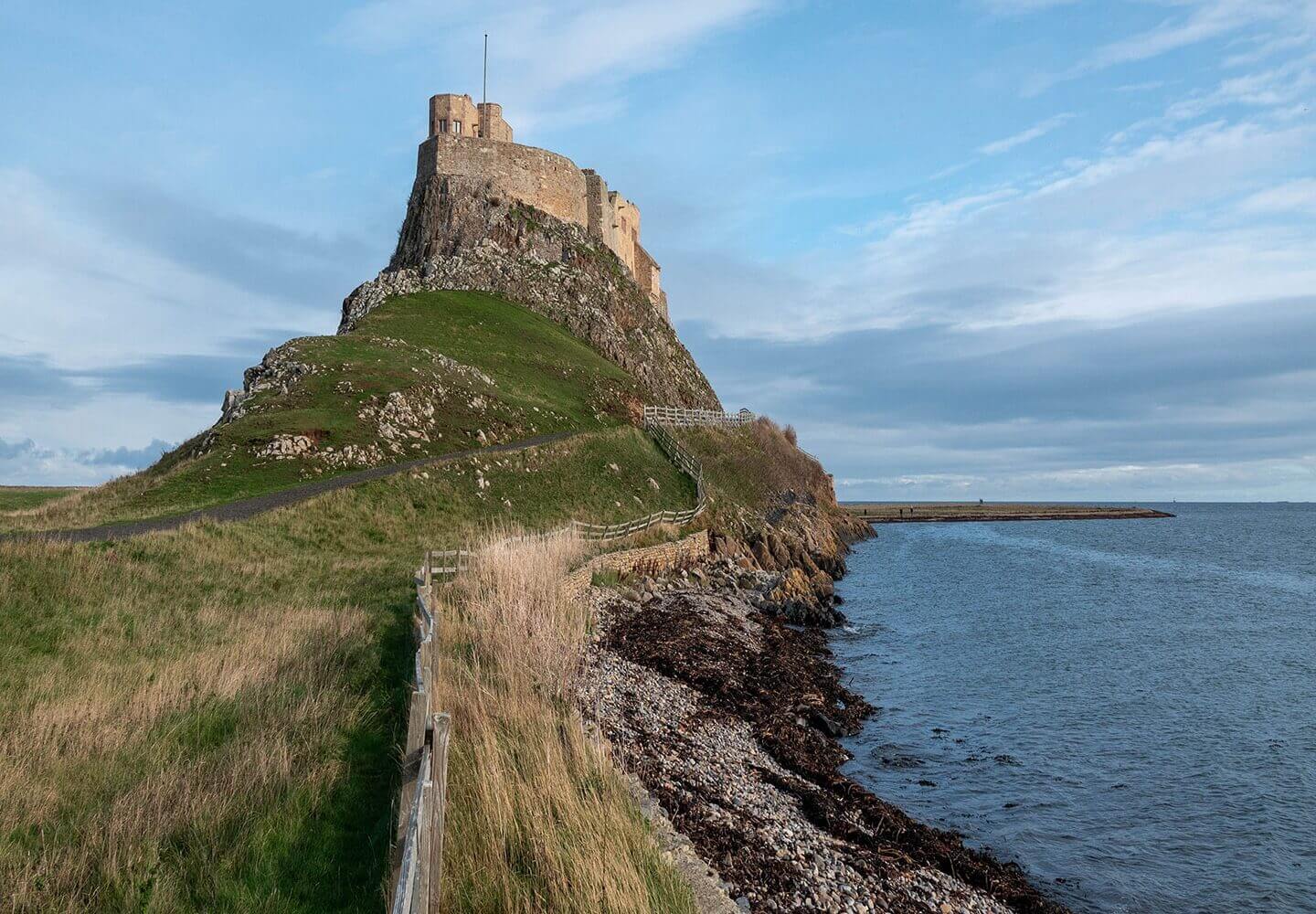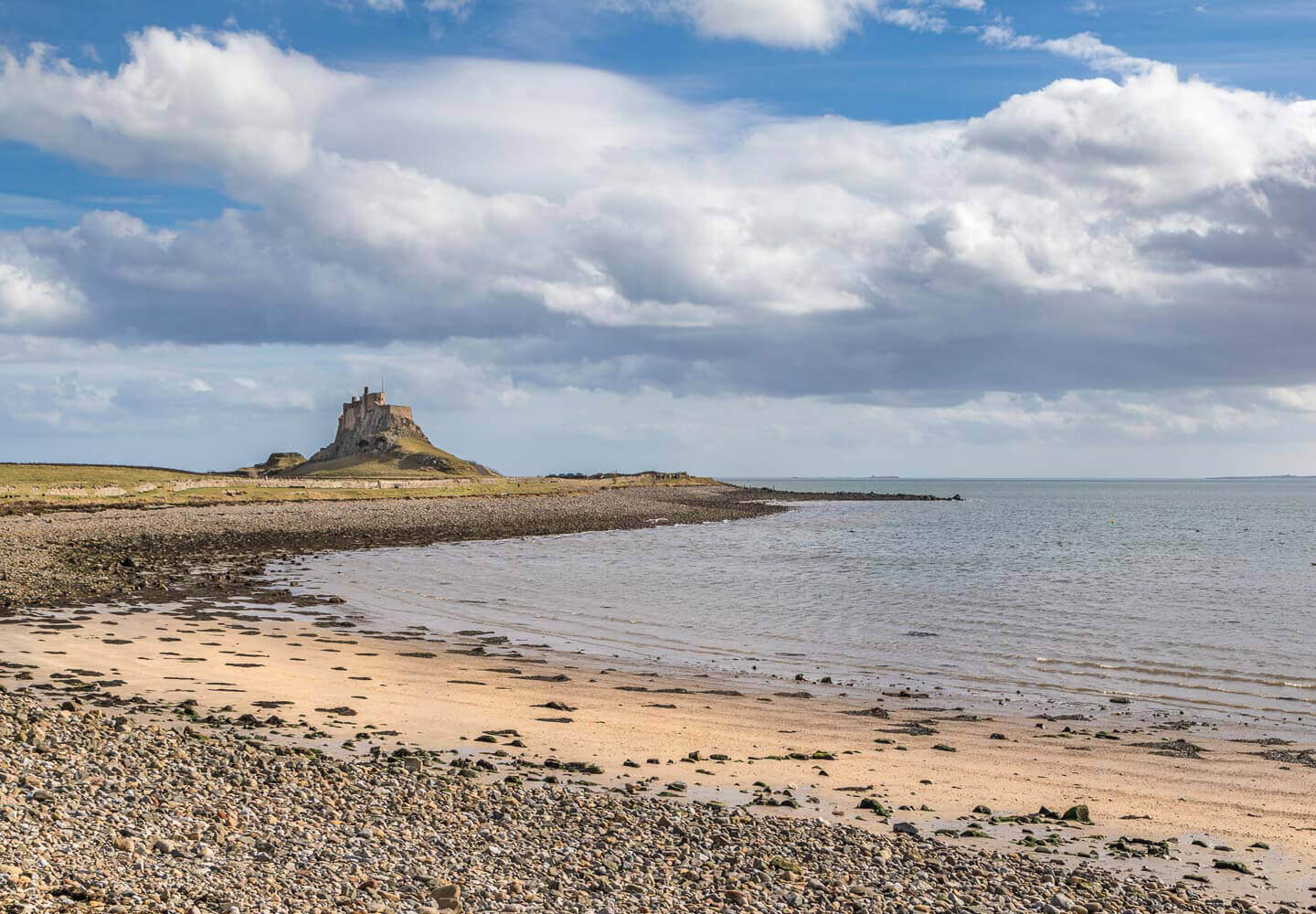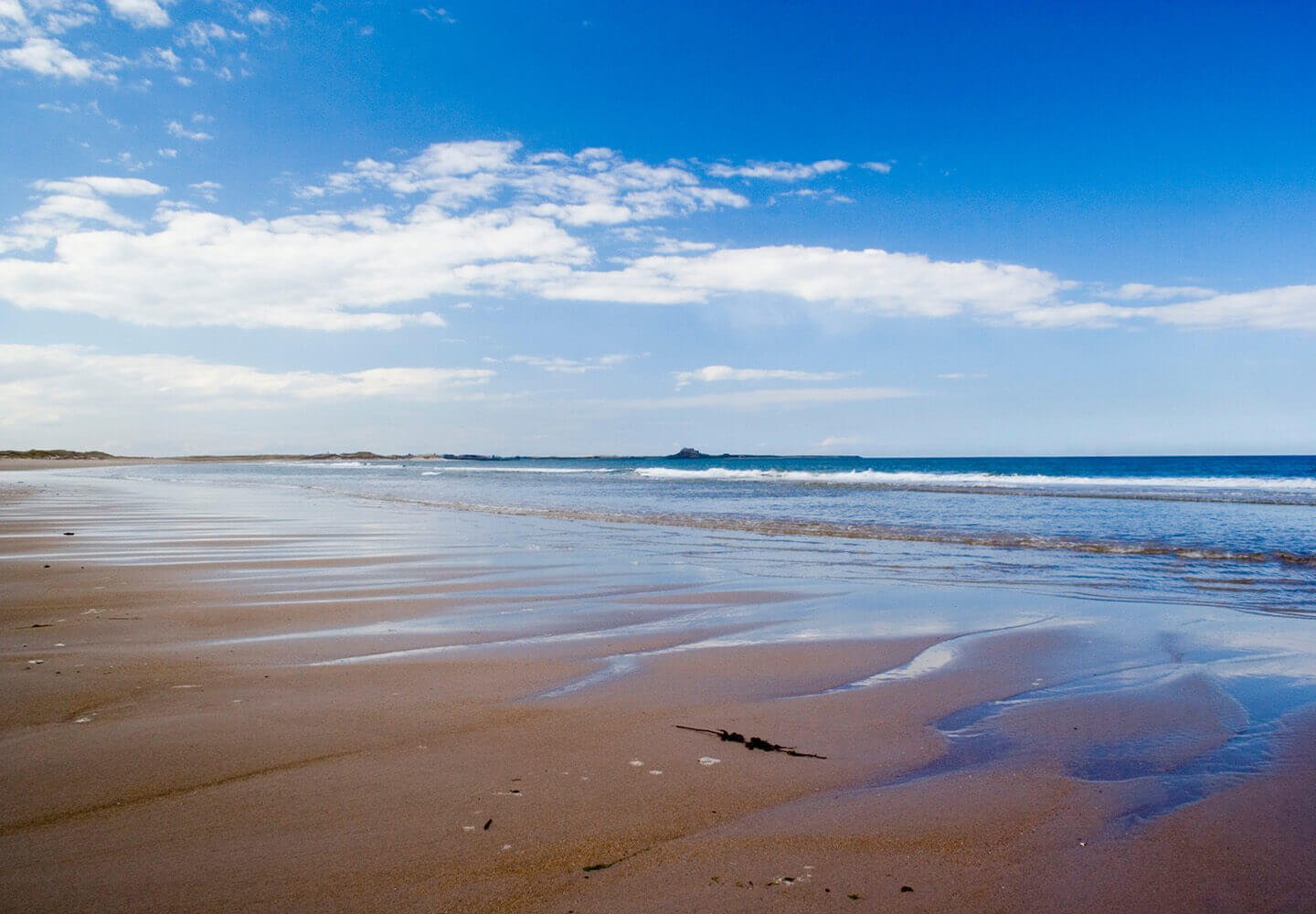Overview
Lindisfarne, also known as Holy Island, is a tidal island off the coast of Northumberland in northeast England, near the Scottish border. Steeped in history, it served as a key center for the spread of Celtic Christianity among the northern Anglo-Saxons. The island is connected to the mainland by a long causeway that is submerged by the tide twice daily.
Geographic Overview
Geologically, Lindisfarne is formed from a sill (an intrusive rock formation) and features a unique blend of sedimentary, intrusive, and extrusive igneous rocks. In the late 8th century, its wealthy monastery made it a frequent target for Viking raids. Today, the island is celebrated not only for its historical and spiritual legacy but also for its rich biodiversity, including vibrant plant life, abundant sea life, and a reputation as a prime destination for birdwatching.
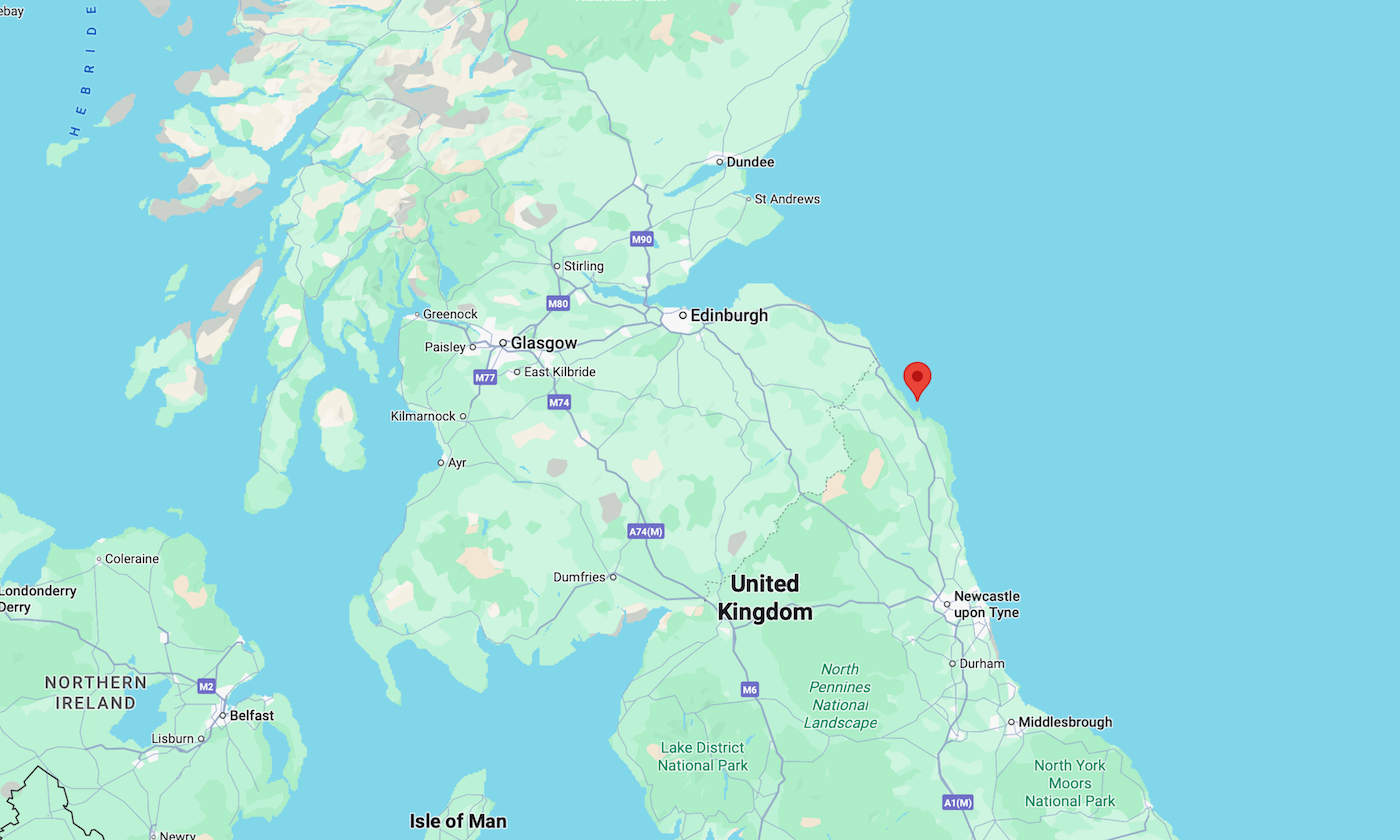
Sand Location
See where this sand sample was collected on Google Maps.
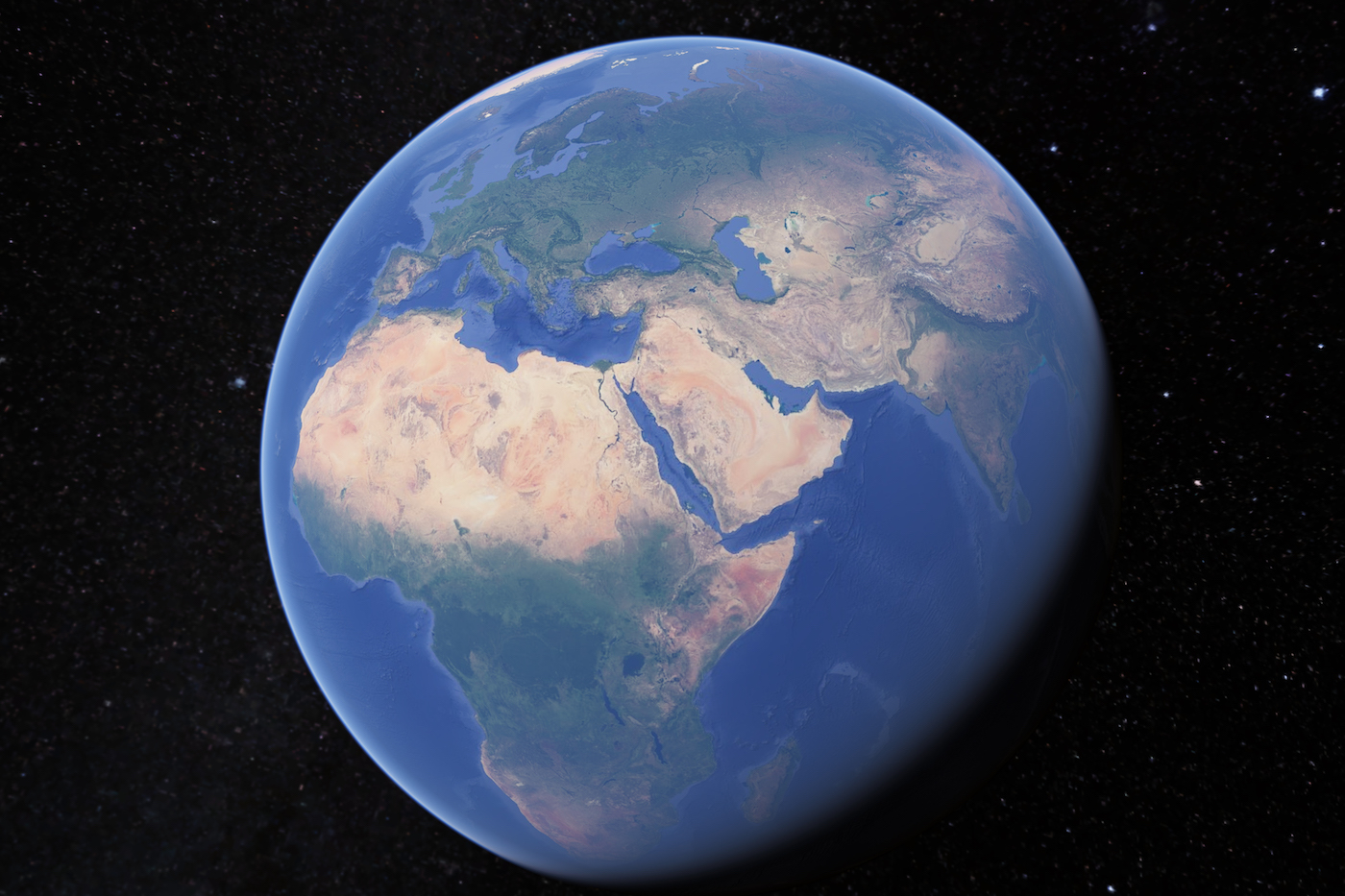
Virtual Sand Tour
Explore an interactive map of Lindisfarne on Google Earth.
Sand Gallery

The majority of Lindisfarne sand is geological in origin and includes smoothly edged quartz and somewhat rounded feldspar grains along with dark red and black sand grains. A few scattered marine fragments include white triangular grains, rectangular off-white and tan shell fragments and a prominent mollusk shell fragment with red linear stripes in the center.
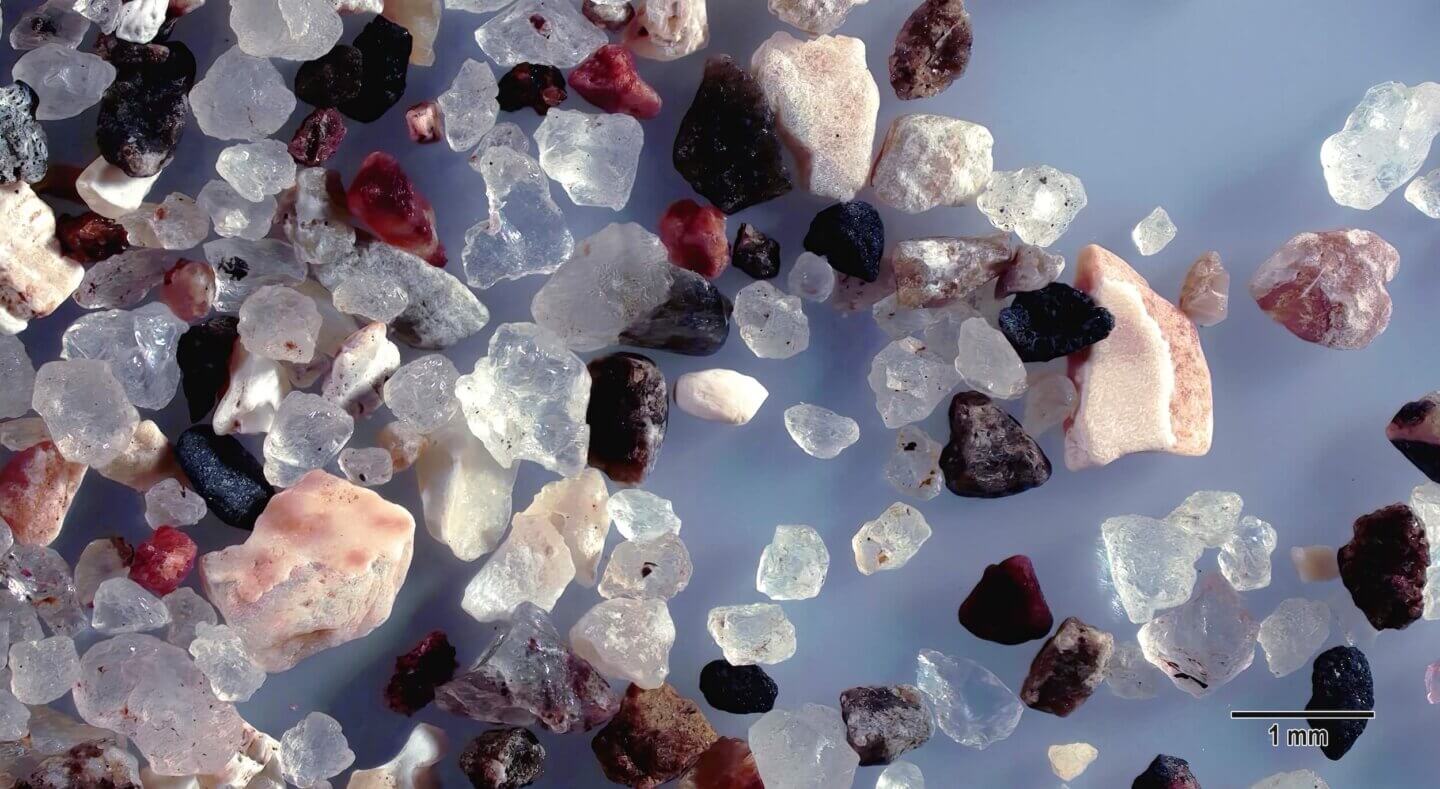
This high magnification features translucent rough edged quartz grains, some with red and black inclusions, along with feldspar grains. Two larger white and tan grains are marine shell fragments. Red grains may also be of marine origin.

This mixture of small sand grains includes white, tan and brown fragments of marine origin, a mixture of rough-edged translucent quartz grains and black grains that may include basalt.

White and off-white sand grains, including a partially degraded conical mollusk shell fragment at upper left of center, are primarily of marine origin and most are probably mollusk shell fragments with somewhat worn edges from wave action. Two triangular reddish tan grains near the bottom center are also marine shell fragments. Grayish to colorless translucent grains of quartz are abundant in this samples. Black grains are likely basalt.
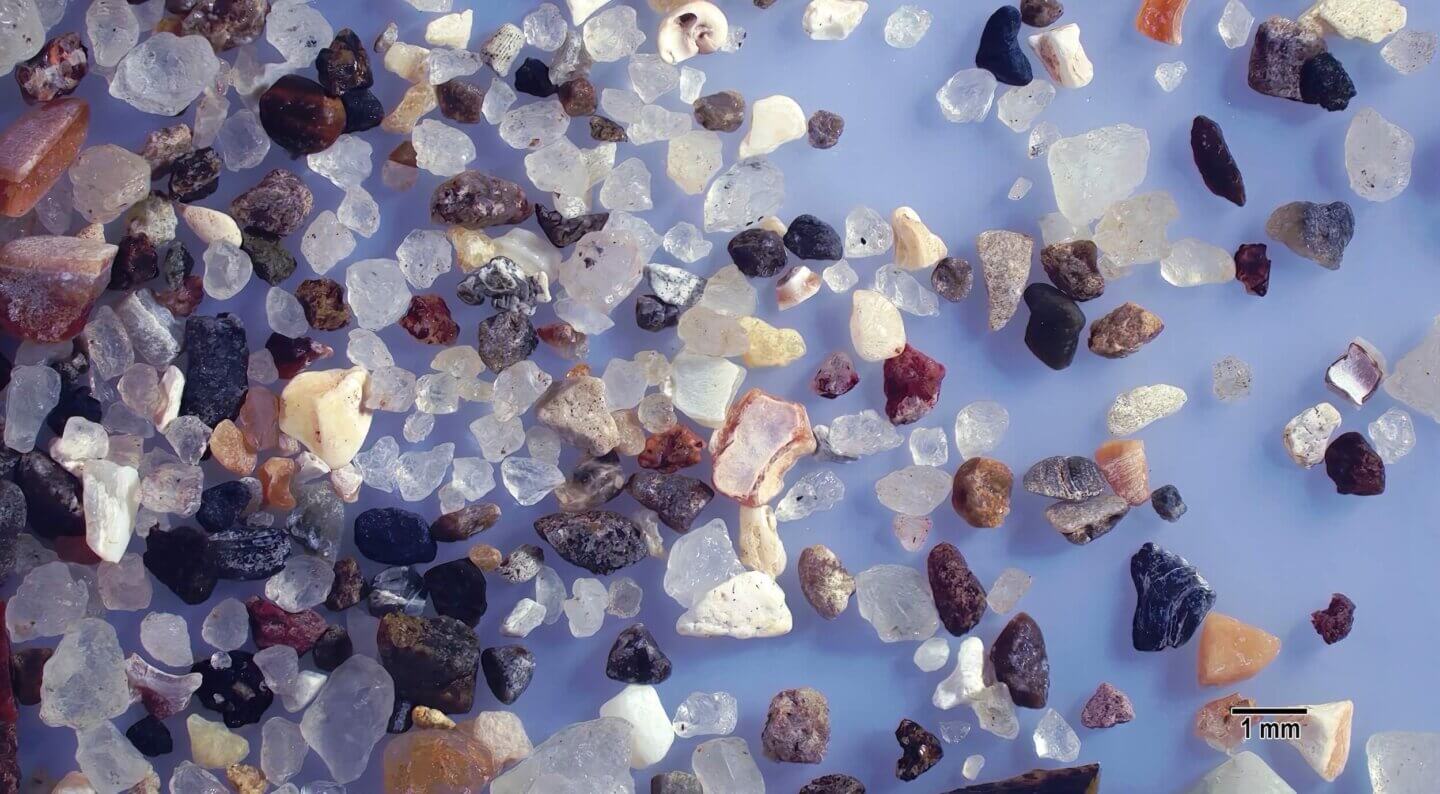
This mixture of geological and marine sand grains includes tan, off-white, red and black marine grains with angular edges along with translucent quartz grains. Smaller grains have smoothly worn edges.
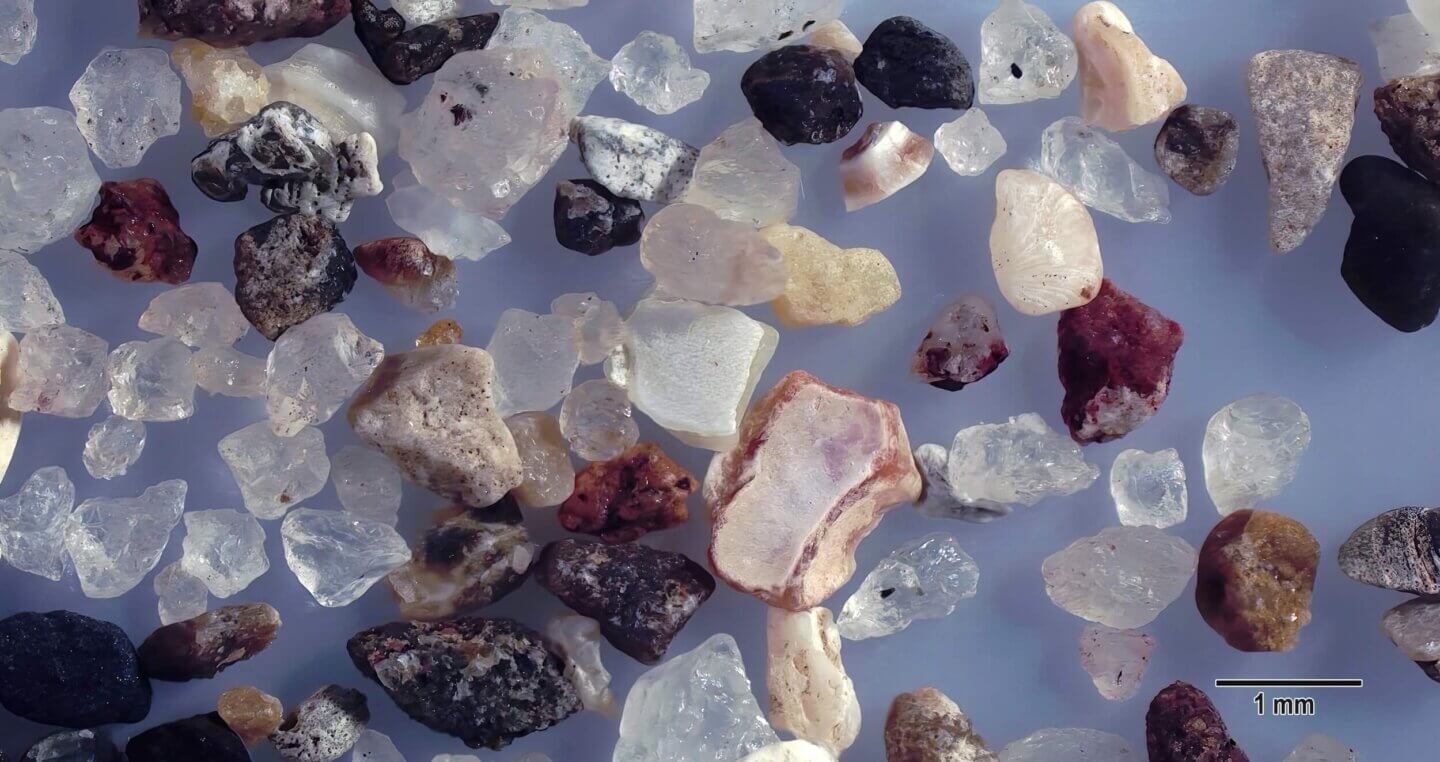
Two rectangular grains in the center, one with brown markings, are marine shell fragments, probably mollusk. Clear grains are quartz and feldspar, some of which have black and red inclusions. Darker grains that are black and mottled black are geological.
